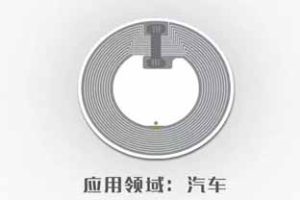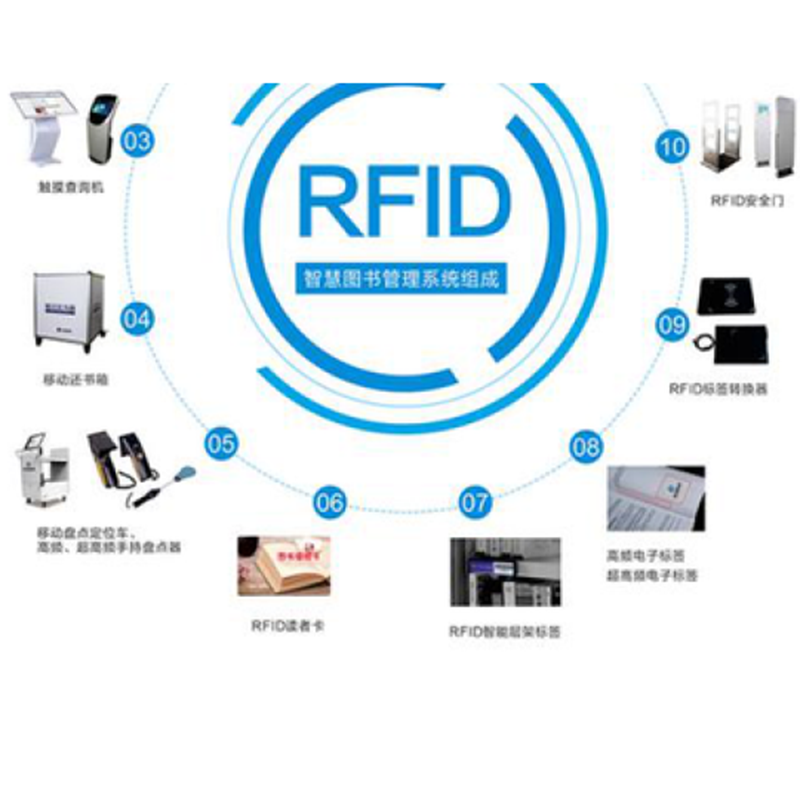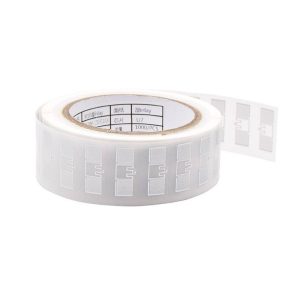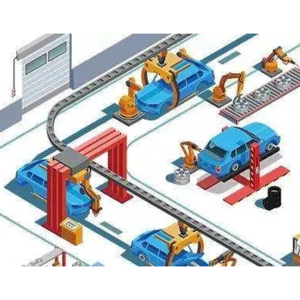RFID tag customization process of electronic tag manufacturers 123
How to customize RFID tags? The customized development of electronic labels is a systematic project. According to experience, it needs to go through six stages: demand assessment, preliminary selection, cost assessment, sample development, scene measurement, and selection optimization. The time consumed varies according to the complexity of the project requirements. The short one can take only half a month, and the long one can take more than three months. This article introduces the customization process of RFID electronic tags:
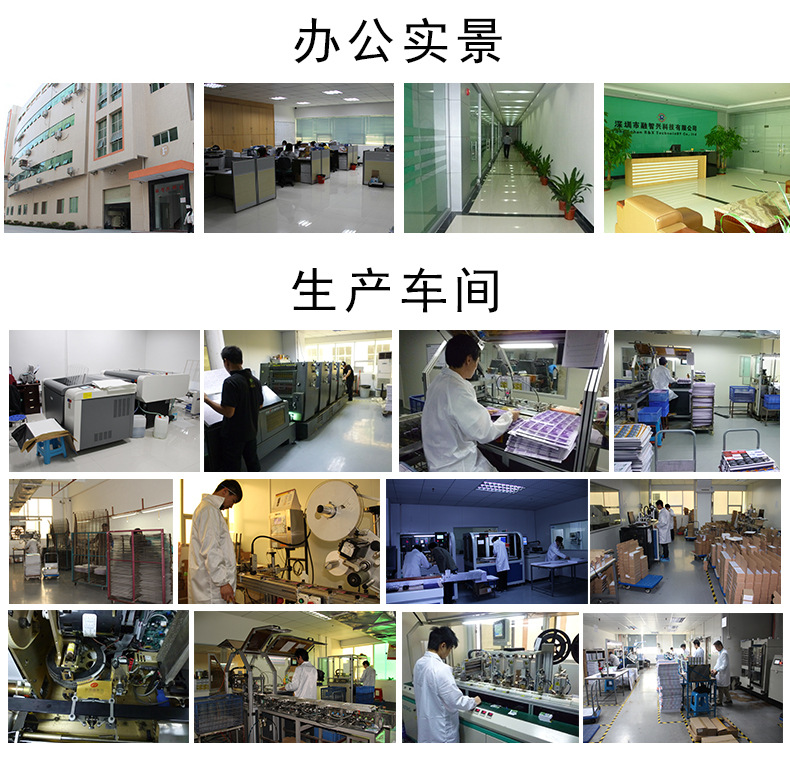
RFID tag customization process for electronic tag manufacturers 123
1. Needs assessment
Demand assessment is the most critical step. We need to assess whether RFID technology is needed according to the user’s application scenario. Not all applications are suitable for the use of RFID technology, such as the traceability of many primary agricultural and industrial products – cabbage, grapefruit, steel, pipe fittings, etc. because of their low value, the cost of such products is unbearable, and the application effect will be affected by the interference of items in the application process. Therefore, barcode technology with lower cost is often used to solve the problem.
So when to choose RFID technology? Taking airport baggage sorting as an example, first of all, in terms of cost, the aviation industry has a large volume, high service value, high requirements for efficiency, and high accommodation for efficiency costs; Secondly, technically, the baggage barcode identification cannot be fixed in position. If barcode technology is adopted, it is difficult to read and process in batch. One-to-one reading often requires manual assistance, which is inefficient and costly. This has formed a strong demand for RFID technology – UHF technology can greatly improve the baggage sorting speed at a relatively low cost while ensuring accuracy. That is, demand assessment is to confirm whether RFID can meet the requirements of technology and cost according to the user’s application scenario. If it can, this technology will be adopted.
RFID tag customization process for electronic tag manufacturers 123
2. Preliminary selection
After it is clear that the use of RFID technology can solve the “pain point” of demand, the key of the next step is the selection of tags. According to the results of the needs assessment, the tag frequency band, product size, chip type, packaging form and installation method are selected.
We take the selection of a fragile label as an example to introduce the process: a customer needs a label for the outer packaging carton of high-end consumer products for the purpose of anti-counterfeiting and traceability. In order to facilitate consumer verification, we recommend the use of high frequency protocol; The carton is square and has a certain elasticity at the folding position. We recommend that it be packaged with coated paper material with both tear resistance and flexibility. In order to facilitate installation, we use the method of adhesive backing.
When selecting the chip, the customer proposed to use a chip provided by them. Therefore, we re developed a line type according to the chip data; Considering that a slightly longer label is required at the folded position, and the cost will be increased if the size is too large, we recommend a rectangular label with appropriate size to the customer.
RFID tag customization process for electronic tag manufacturers 123
3. Cost assessment
After the preliminary selection meets the requirements of customers, the cost is evaluated according to the results. The factors that affect the cost are mainly chip type, packaging form, product size and data requirements. First, chips. According to different needs, imported or domestic chips can be selected. Generally speaking, the price of imported chips will be higher. The higher the price of chips with larger storage capacity, the higher the price of chips with more functions, such as encryption function, TD function, dual band function, etc. The second is packaging. The more complex the packaging structure is, the more difficult the packaging is and the higher the cost is. Size is also an influencing factor. Generally, the larger the size, the higher the price. However, in the field of micro labels, the smaller the size, the higher the price due to the greater processing difficulty. Data requirements mainly involve surface coding, data writing, data extraction and data association, each of which will increase the cost. Because of the influence of these factors, we will generally provide 3-4 sets of schemes for customers’ reference, and select the best scheme for sample development.
RFID tag customization process for electronic tag manufacturers 123
4. Sample development
The most important thing in the process of sample development is not the amount of research and development costs, but the length of research and development cycle. The shorter the time spent in this part of the work, the greater the contingency space in the later stage of the project, and the higher the success rate of the project. Sample development requires several necessary steps, including antenna design, material production, antenna etching, manual production, field verification, etc.
We still take customer a as an example. It takes 5-10 working days for antenna design and 10 working days for production and verification. It should be emphasized here that if the conventional packaging form and process technology have been confirmed, the main development time is in the antenna design; If you encounter a new packaging form and need to try different process technologies, there will be more uncertain factors in the research and development process, which can not guarantee one-time success and will take longer time. The speed of sample development is a key indicator to test the customization ability of an RFID electronic label enterprise.
RFID tag customization process for electronic tag manufacturers 123
5. Scene measurement
After the sample is developed, if conditions permit, it is necessary to simulate the application scenario for testing and do relevant reliability tests. After receiving the sample, the customer will conduct scene measurement, evaluate the effect, and put forward optimization suggestions, including whether the performance meets the standard, whether the size is adjusted, whether the printing and data are changed, etc.
RFID tag customization process for electronic tag manufacturers 123
6. Type selection optimization
If the initial sample fails to meet the project requirements, it is necessary to analyze the customer’s test feedback data, and even it is necessary to go to the site to investigate, summarize various information, confirm the optimization scheme, and carry out the second sampling and measurement. Therefore, a complete sample development cycle takes about one month as soon as possible.

